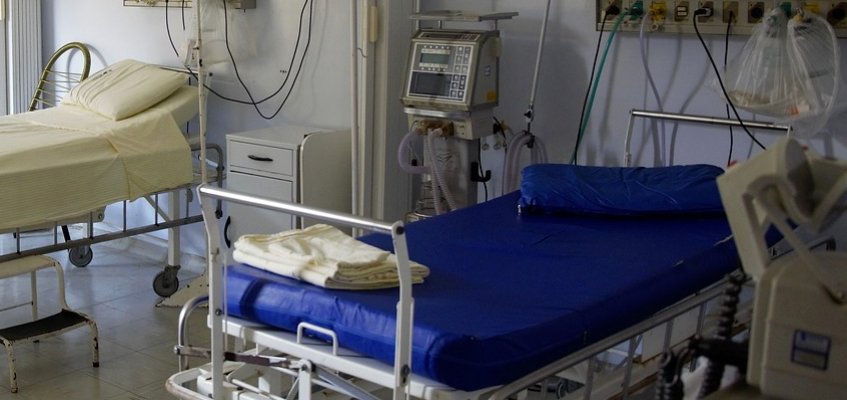Machine learning helps manage demand for emergency beds
New machine learning technology can use real-time A&E data to predict how many patients will need an emergency bed later that day, in which part of the hospital.
The technology is being presented today (11 July 2023) at the inaugural Health and Care Analytics (HACA) conference.
The tool was developed by a team of analysts and hospital staff at UCL and UCLH. It is now being used by operational staff at UCLH to forecast how many emergency beds will be needed within the next eight hours, and where: surgical, medical, haematology and oncology, or paediatric departments. Early tests suggest the tool is better at predicting bed demand than standard methods.
Many UK hospitals are currently operating at capacity, which means planned surgeries can be cancelled last-minute if the demand for emergency beds is high. By predicting short-term fluctuations in capacity across the hospital, the tool can help operational staff ensure there are enough beds in each department to minimise impact on patients.
Dr Zella King (Clinical Operational Research Unit at UCL), who co-developed the technology, said: “Our research demonstrates the potential of machine learning and data in the day-to-day operation of hospitals by looking for patterns in real-time patient data and supporting hospital staff to plan accordingly. Hospital capacity is affected by many systemic factors and we’re not suggesting machine learning is a magic bullet to fix this complex challenge. But it’s fantastic that our tool is making a meaningful difference to the day-to-day running of UCLH.”
Co-author Craig Wood (Clinical Operations Manager at University College London Hospitals NHS Foundation Trust (UCLH)) said: “Managing the flow of patients around the hospital is the continuous, careful balance of patients who are in for elective treatment with people in A&E who need a bed as an emergency. Since implementing the tool at UCLH, we’ve been able to make targeted actions to free up beds in specific areas of the hospital, improving our ability to manage hospital capacity.”
As patients move through A&E, the machine learning tool incorporates additional data – like vital signs, blood test results and whether a patient is to be examined by specialist doctors – and updates its forecast every 30 minutes. It also predicts how many people will enter the emergency department and need a bed within 8 hours, assuming the A&E department is meeting its targets for wait times. The team trained the tool to do this using electronic health records from more than 166,000 patients who visited A&E between August 2021 and August 2022.
“Machine learning could be a powerful tool to support hospital operational staff, but its outputs have to be both actionable and aspirational,” said Dr King. “At HACA, we’re sharing what we’ve learned from working as a close team of analysts and hospital staff. We hope our insights will be helpful for others thinking about adopting similar approaches at their hospitals.”
The research builds on the team’s previous work, published in the open access journal npj Digital Medicine in 2022, when the tool could predict the total number of emergency beds needed in the next 8 hours, but couldn’t yet break this number down by department.

